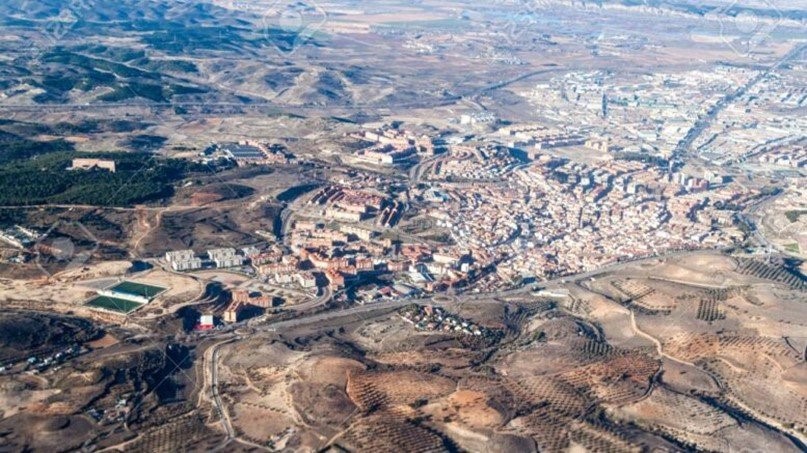Arganda del Rey, a municipality in Spain’s Community of Madrid, has undergone significant evolution in the past two centuries. It initially thrived through wine production and the construction of a railway connecting it to Madrid in 1843. The 20th century brought industrialization, driven by a sugar plantation, leading to rapid population growth. The 1960s saw another surge, driven by immigrants from various regions, pushing its population over 50,000.
Today, agriculture plays a minor role in Arganda’s economy (0.2% of GDP) as urban expansion and industries have reduced farmland from 251.498 hectares in 1985 to 199.687 hectares in 2001. However, its landscape is diverse, featuring forests, vineyards, olive groves, and horticultural crops. Despite its potential, the agricultural sector is clearly in decline. The tertiary sector dominates, contributing 77% to GDP in 2006, with major national and international companies anchoring services.
Only 4% of food consumed in Arganda is locally sourced. Local agriculture meets 5% of fruit and vegetable demand, 20% for dairy, honey, and eggs, and nearly 50% for meat. Nutritional recommendations require substantial increases in fruit, vegetable, and legume consumption, as 40% of children in Arganda are overweight, particularly in lower-income households.
Supermarket shopping is prevalent, but supporting local businesses and short supply chains could boost the regional economy. Investing in these channels provides double the economic boost compared to large supermarkets.
Cities2030 partner organization participating in the Arganda Living Lab is represented by the Universitad Politecnica de Madrid (UPM, P20)

